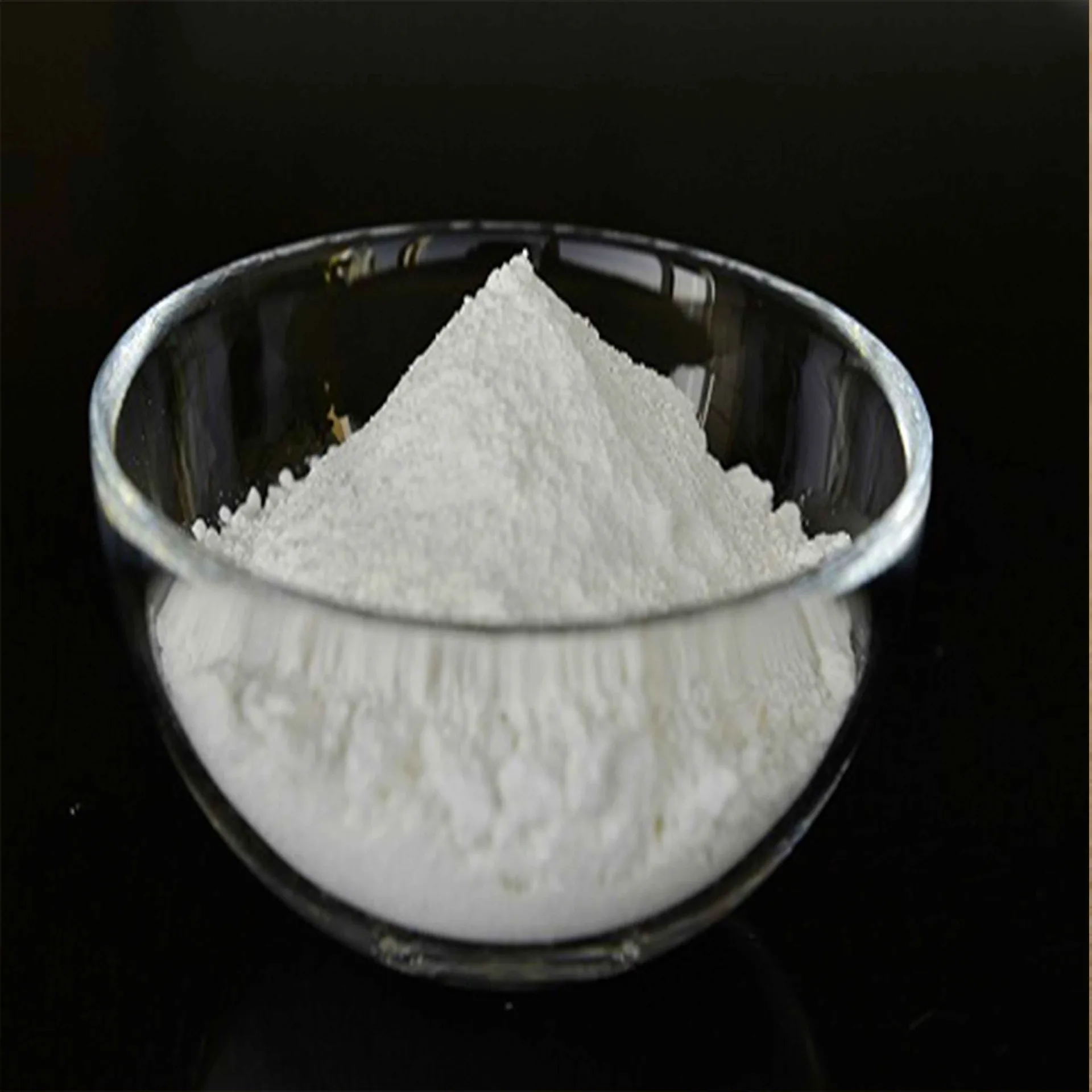
Mei . 08, 2025 09:17 Rudi kwenye orodha
Titanium Dioxide Powder and the Chloride Process: Advancing Sustainability and Environmental Protection
Titanium dioksidi (TiO₂) is a widely used white pigment known for its high brightness, UV resistance, and non-toxic nature. Found in products ranging from paints and coatings to cosmetics and food, titanium dioxide powder plays a crucial role in modern industry. However, concerns regarding its environmental impact and sustainability have prompted research into greener production methods and applications.

Titanium Dioxide Powder and Environmental Sustainability
Photocatalytic Degradation of Pollutants
One of the most promising environmental applications of titanium dioxide powder is its ability to break down organic pollutants through photocatalysis. Under sunlight, TiO₂ generates reactive oxygen species that decompose harmful substances, making it valuable for:
Air purification: TiO₂-coated surfaces can degrade volatile organic compounds (VOCs) and nitrogen oxides (NOx), improving urban air quality.
Self-cleaning surfaces: Used in building materials and glass coatings, TiO₂ prevents dirt accumulation by breaking down organic matter.
Water treatment: Advanced TiO₂ photocatalytic systems can remove contaminants from wastewater, though challenges remain in scaling up this technology for industrial use.
Despite these benefits, practical applications are limited by low photocatalytic efficiency and the need for improved TiO₂ nanomaterials that enhance light absorption and reaction rates.
Environmental Concerns of TiO₂ Nanoparticles
The increasing use of titanium dioxide powder in cosmetics, sunscreens, and industrial processes raises concerns about its potential environmental impact. TiO₂ nanoparticles released into wastewater can accumulate in aquatic ecosystems, affecting marine life through:
Bioaccumulation risks: TiO₂ particles may enter the food chain, impacting fish and other organisms.
Toxicity concerns: While bulk TiO₂ is considered safe, nano-sized particles can generate reactive oxygen species, potentially harming cells in aquatic environments.
Regulatory challenges: Governments and environmental agencies are evaluating safety limits and monitoring TiO₂ nanoparticle emissions in industrial wastewater.
Green Production Methods: Improving the Chloride Process for Titanium Dioxide
Traditional TiO₂ production relies on two primary methods: the sulfate process and the chloride process for titanium dioxide. While the chloride process is more energy-efficient and produces less waste, both methods have environmental drawbacks, such as CO₂ emissions and hazardous byproducts. Research is focusing on:
Reducing energy consumption: Optimizing reaction conditions in the chloride process to lower carbon footprints.
Waste minimization: Developing closed-loop systems to recycle chlorine and titanium intermediates.
Biological and alternative synthesis: Exploring bioinspired TiO₂ production using microorganisms or plant-based precursors to replace traditional chemical routes.
Future Directions for Sustainable Titanium Dioxide
To balance industrial demand with environmental responsibility, the TiO₂ industry must adopt sustainable innovations, including:
Enhanced photocatalytic materials for efficient pollutant degradation.
Improved recycling of industrial TiO₂ waste to minimize environmental contamination.
Adoption of cleaner production technologies to reduce emissions and resource use.
With continued research and regulatory support, titanium dioxide powder can remain an essential material while contributing to a cleaner and more sustainable future.
-
The Contribution of Titanium Dioxide to the Weather Resistance of Rubber Under Tropical Climate
HabariJun.23,2025
-
Stability of Titanium Dioxide in White Rubber Products
HabariJun.23,2025
-
Improving Ink Brightness: Choosing the Right Titanium Dioxide is Crucial
HabariJun.23,2025
-
Enhancing Rubber's Aging Resistance with Titanium Dioxide
HabariJun.23,2025
-
Cost-Efficient Use of Titanium Dioxide in the Paper Industry
HabariJun.23,2025
-
Comparing Titanium Dioxide with Other Whitening Agents in Papermaking
HabariJun.23,2025
